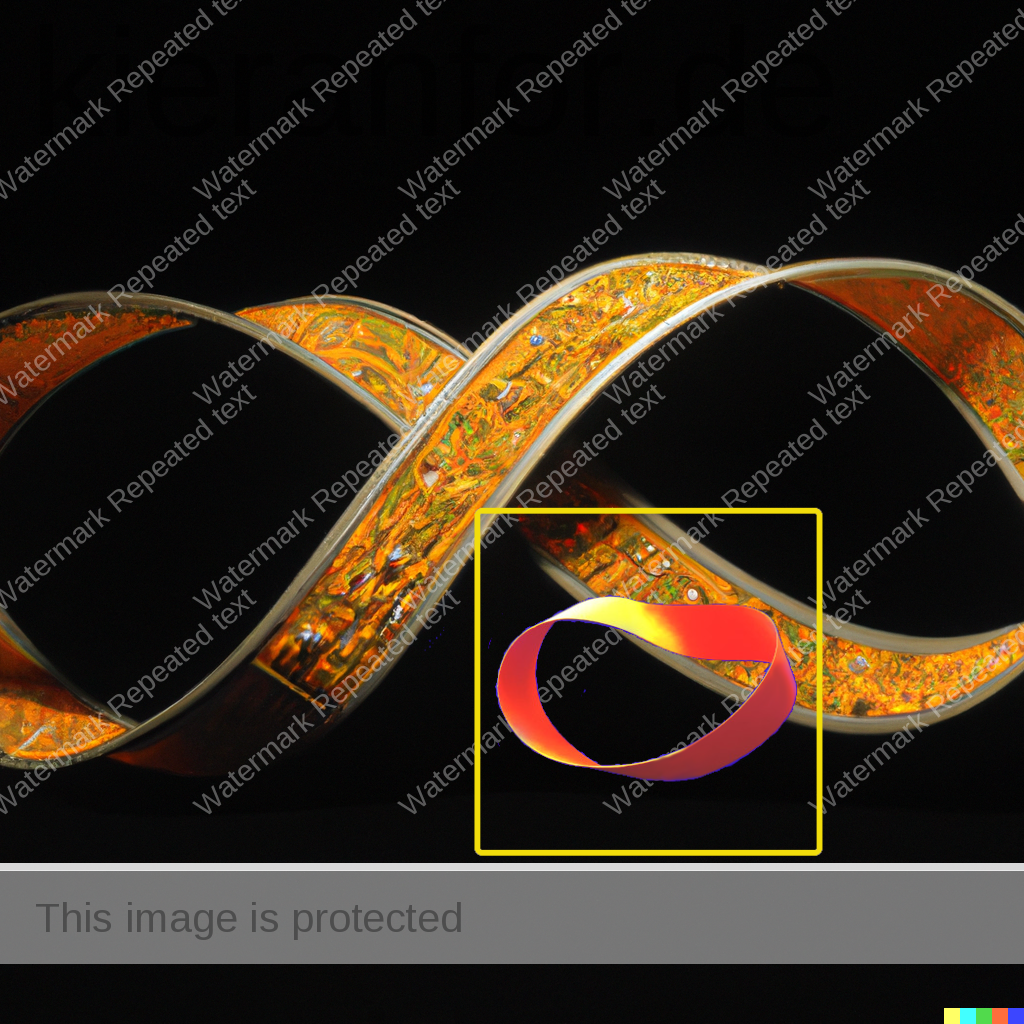Header image: KF in Dall-E
- Heisenberg’s uncertainty principle of quantum mechanics forbids anything from being completely boring and uniform: the principle states that there is a fundamental limit to what one can know about a quantum system. For example, the more precisely one knows a particle’s position, the less one can know about its momentum, and vice versa
- we can think of life as a self-replicating information-processing system whose information (software) determines both its behavior and the blueprints for its hardware.
- Life 1.0, 2.0 and 3.0. Whereas your childhood curriculum is largely designed by your family and teachers, who decide what you should learn, you gradually gain more power to design your own software.
- Your synapses store all your knowledge and skills as roughly 100 terabytes’ worth of information, while your DNA stores merely about a gigabyte, barely enough to store a single movie download. So it’s physically impossible for an infant to be born speaking perfect English and ready to ace her college entrance exams: there’s no way the information could have been preloaded into her brain, since the main information module she got from her parents (her DNA) lacks sufficient information-storage capacity.
Chapter 2 Matter Turns Intelligent
- binary digit (abbreviated “bit”)
- 2022 Global internet penetration rate = 63%
- On a DVD, each bit corresponds to whether there is or isn’t a microscopic pit at a given point on the plastic surface. On a hard drive, each bit corresponds to a point on the surface being magnetized in one of two ways. In my laptop’s working memory, each bit corresponds to the positions of certain electrons, determining whether a device called a micro-capacitor is charged; in an optical fiber transmitting your email, each bit corresponds to a laser beam being strong or weak at a given time.
- If you email your friend a document to print, the information may get copied in rapid succession from magnetizations on your hard drive to electric charges in your computer’s working memory, radio waves in your wireless network, voltages in your router, laser pulses in an optical fiber and, finally, molecules on a piece of paper.
- Transistors – The Invention That Changed The World
- Moore’s Laws: double in capacity every 2 years, cost doubles every 4 years = capacity slowing down
- Intel “rate of advancement was slowing” (cost of shrinking product further is prohibitive)
- Kelleher, A. (2022, February 16). Moore’s Law – Now and in the Future. Intel Newsroom.
- the world creates nearly 270,000 petabytes (i.e. 27 x1019) of data every day2.
- Kelleher, A. (2022, February 16). Moore’s Law – Now and in the Future. Intel Newsroom.
- Quantum tunnelling: defeats depletion layer
- Intel “rate of advancement was slowing” (cost of shrinking product further is prohibitive)
- you retrieve memories from a computer or hard drive by specifying where it’s stored, you retrieve memories from your brain by specifying something about what is stored….Such memory systems are called auto-associative, since they recall by association rather than by address
- KF: context
- Similarly, you obviously can’t have computation without matter, but any matter will do as long as it can be arranged into NAND gates, connected neurons or some other building block enabling universal computation.
- KF: Three-body – terracotta army
- We’ve now arrived at an answer to our opening question about how tangible physical stuff can give rise to something that feels as intangible, abstract and ethereal as intelligence: it feels so non-physical because it’s substrate independent, taking on a life of its own that doesn’t depend on or reflect the physical details. In short, computation is a pattern in the spacetime arrangement of particles, and it’s not the particles but the pattern that really matters! Matter doesn’t matter.
- KF: I am not clever enough to understand this, but I know it to be very important for my dissertation.
- Why does our technology keep doubling its power at regular intervals, displaying what mathematicians call exponential growth?,,, Ray Kurzweil calls this persistent doubling phenomenon “the law of accelerating returns.”
- Ray Kurzweil points out that Moore’s law involves not the first but the fifth technological paradigm to bring exponential growth in computing, as illustrated in figure 2.8
- Today’s computers often gain additional speed by parallel processing,
- The ultimate parallel computer is a quantum computer. A quantum computer could also efficiently simulate the behavior of quantum-mechanical systems, including atoms, molecules and new materials, replacing measurements in chemistry labs in the same way that simulations on traditional computers have replaced measurements in wind tunnels.
- the AI subfield known as machine learning (the study of algorithms that improve through experience)
KF: THE BOTTOM LINE:
STOP 108

